(2404 products available)














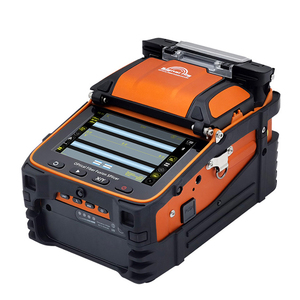



































































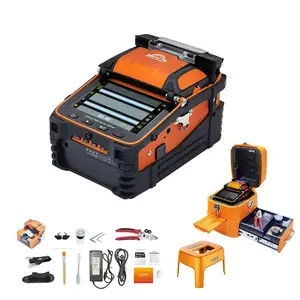












































































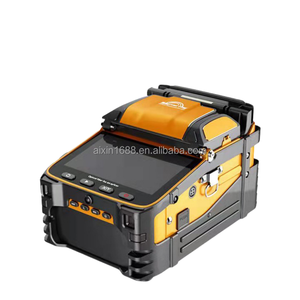
















































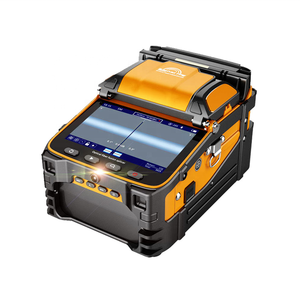
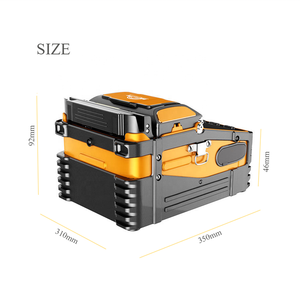
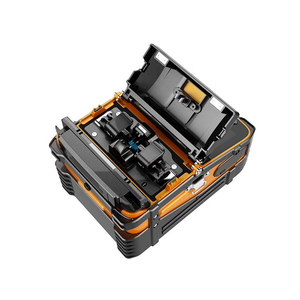
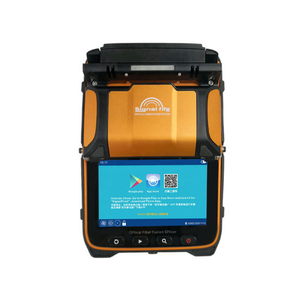
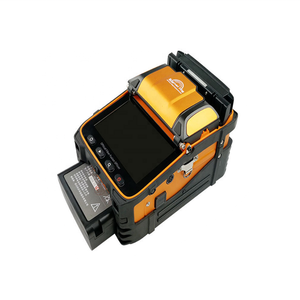













Fusion splicers are essential tools in the field of optical communication, playing a critical role in the maintenance and establishment of fiber optic networks. A signal fire fusion splicer is a specialized device designed to join two optical fibers with precision, ensuring that the light signal is transmitted with minimal loss and high integrity.
Signal fire fusion splicers are known for their advanced features that facilitate efficient and precise fiber optic splicing. These devices typically offer both core and cladding alignment capabilities, accommodating various splicing needs. With sophisticated alignment systems, they ensure optimal fiber matching, which is crucial for maintaining signal clarity and strength. The splicers are equipped with high-resolution displays for clear visibility during the splicing process, even in diverse working environments. Additionally, their design often includes a high-capacity battery, allowing for extended use in the field without the need for frequent recharging.
The application of signal fire fusion splicers extends across various industries. In telecommunications, they are indispensable for creating seamless long-haul fiber optic connections. The medical sector utilizes these splicers for integrating fiber optic sensors in devices used for diagnostics and patient monitoring. The robustness of splices made by signal fire fusion splicers also benefits the oil and gas industry, where stable connections are required in extreme conditions. Furthermore, the civil infrastructure sector relies on these splicers for structural health monitoring, ensuring safety and maintenance through reliable fiber optic sensors.
Technological advancements in signal fire fusion splicers include precision engineering for accurate fiber alignment, which is particularly vital for single-mode fibers. The materials used in their construction are selected for durability and resistance to high temperatures encountered during the splicing process. Modern splicers also integrate features for testing splice quality, such as built-in microscopes and light injection methods, to identify any faults post-splicing.
Selecting the appropriate signal fire fusion splicer involves considering several key features. The compatibility with different fiber types, such as single-mode or multi-mode, is essential. The splicer's alignment technology, whether core or cladding, affects the precision and splice loss. The speed of the splicing process, user-friendliness, and the device's durability are also important factors. Connectivity options for data transfer and firmware updates, such as USB or Bluetooth, are additional considerations that can influence the decision-making process.
To ensure the highest quality in optical connectivity, it is crucial to use signal fire fusion splicers that are well-maintained and calibrated. Proper cleaning and inspection of fiber ends, along with advanced cleaving techniques, contribute to the success of the splicing process. Post-operation protection of the splice point and rigorous testing are also necessary steps to verify the performance and longevity of the splice.
Incorporating a signal fire fusion splicer into your toolkit can significantly enhance the efficiency and reliability of your optical network. By understanding the various features and applications of these devices, you can select a splicer that aligns with your specific needs, ensuring a robust and high-performing fiber optic network.